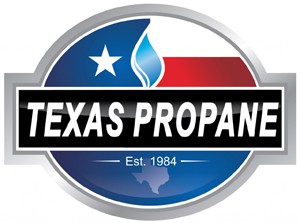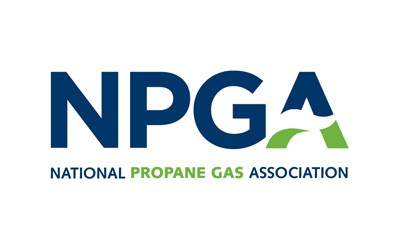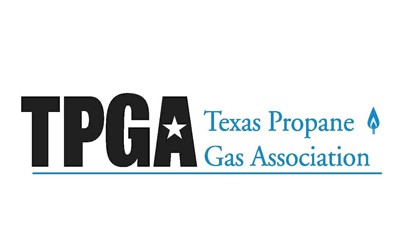Propane Liquid
Propane exists in its liquid form at or below its boiling point (-44°F), in addition to when it is stored under pressure. To further explain, if the temperature outside is -45°F, propane will be a liquid and you would be able to pour it out of a bucket. However, as soon as the temperature rises to -44°F, the propane begins to boil ad thus give off vapor. If the temperature outside is colder than -44°F, propane exists as a liquid, It is still propane but it looks a very similar to water while at this cold temperature. It is colorless, odorless and tasteless, but who would take a drink of any liquid that is 45 degrees below zero? Who would stick their finger in a glass of anything that is 45 degrees below zero? Holding a handful of ice can be quite uncomfortable (or painful) after some time but consider how painful it would be if that handful of ice was almost 75 degrees colder.
Propane boils at a temperature that is over 70 degrees lower than the freezing point of water, so it has the ability to freeze skin tissue in a very short period of time (severe frostbite). The temperature properties of a liquid propane are such that being aware of possible danger when dealing with propane in its liquid state is extremely critical.
Propane Vapor
Propane becomes a vapor at temperatures above -44°F. Similar to water when it boils and produces steam, propane gives off vapor when it boils. One may refer to propane vapor as “flammable steam” for simplicity, but for the propane vapor to be ignited, there must be the right mix of air and vapor. Propane vapor is heavier than air and will sink to and collect in the lowest point it can find. If propane is vented to the outside air, it will quickly dissipate with the slightest movement of air. On the other hand, if propane is vented into an air tight structure with no air movement, the propane vapor will collect on the floor and rise vertically if more propane is vented into the structure.
This is extremely crucial to know because if there is a propane leak in a house or building, the propane vapor will seek the lowest possible point where it will collect. Keep in mind that one gallon of propane will produce over 36 cubic feet of vapor and this will settle in the lowest possible place. If the level of propane vapor continues to rise, it may ignite if it finds a source of ignition. The weight of propane vapor being heavier than that of air is a characteristic of propane gas that needs to be understood by all LP Gas users, not just propane companies and their employees.
Vapor Service vs. Liquid Service
Propane vapor service and propane liquid service are extremely different from one another. The majority of propane applications use vapor for service requirements. The importance of knowing the difference between liquid service and vapor service is strictly for safety and usability. Appliances such as water heaters, furnaces and gas grills are utilized in vapor service. If these appliances were to have liquid propane flow to their burners, the result could possibly be a fire or similar danger, which is why propane cylinders should be positioned upright when grilling. Turning a propane cylinder on its side or inverting it while being used on a gas grill or fryer is not ideal.
These are just the basics of propane vapor and propane liquid. Don’t hesitate to contact Texas Propane with the link below for more information!







